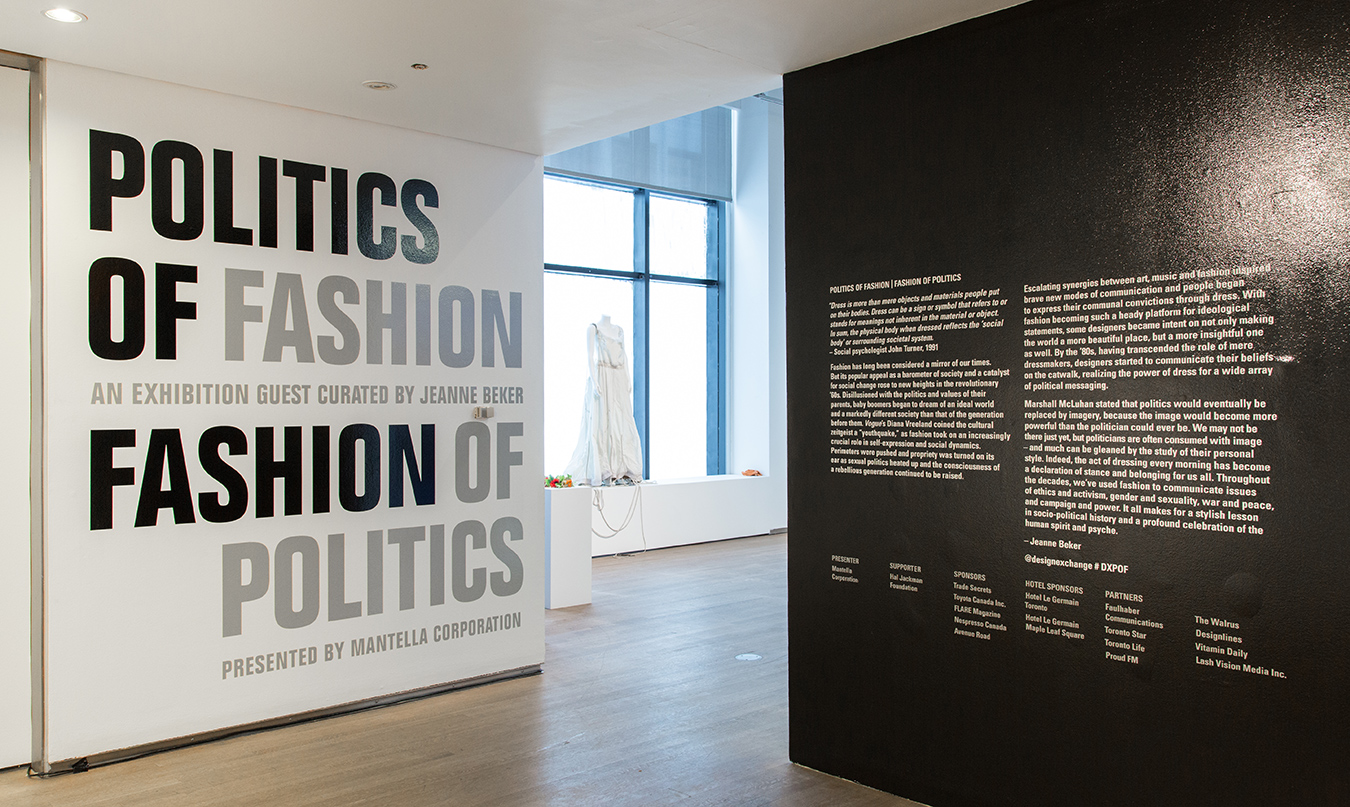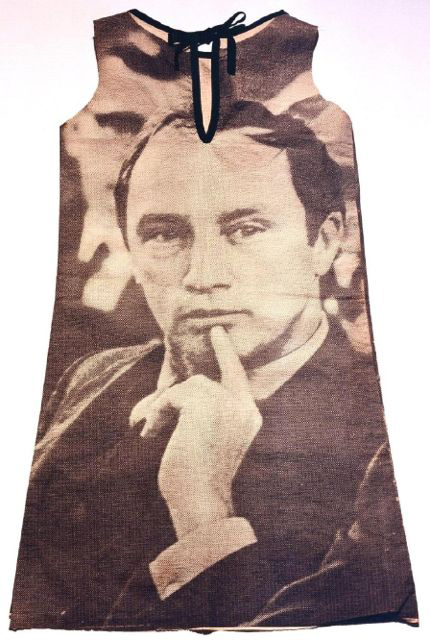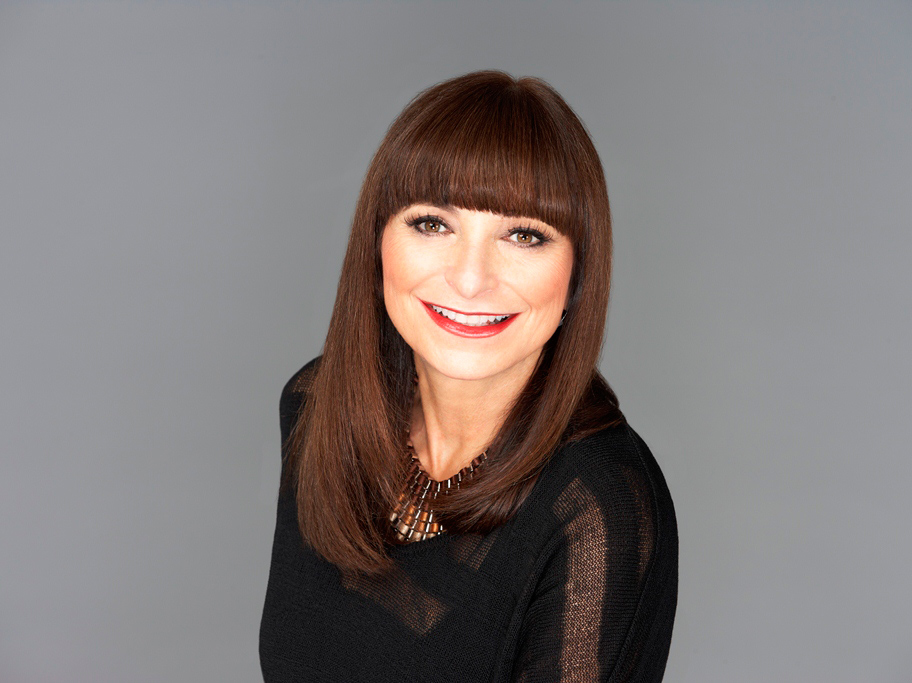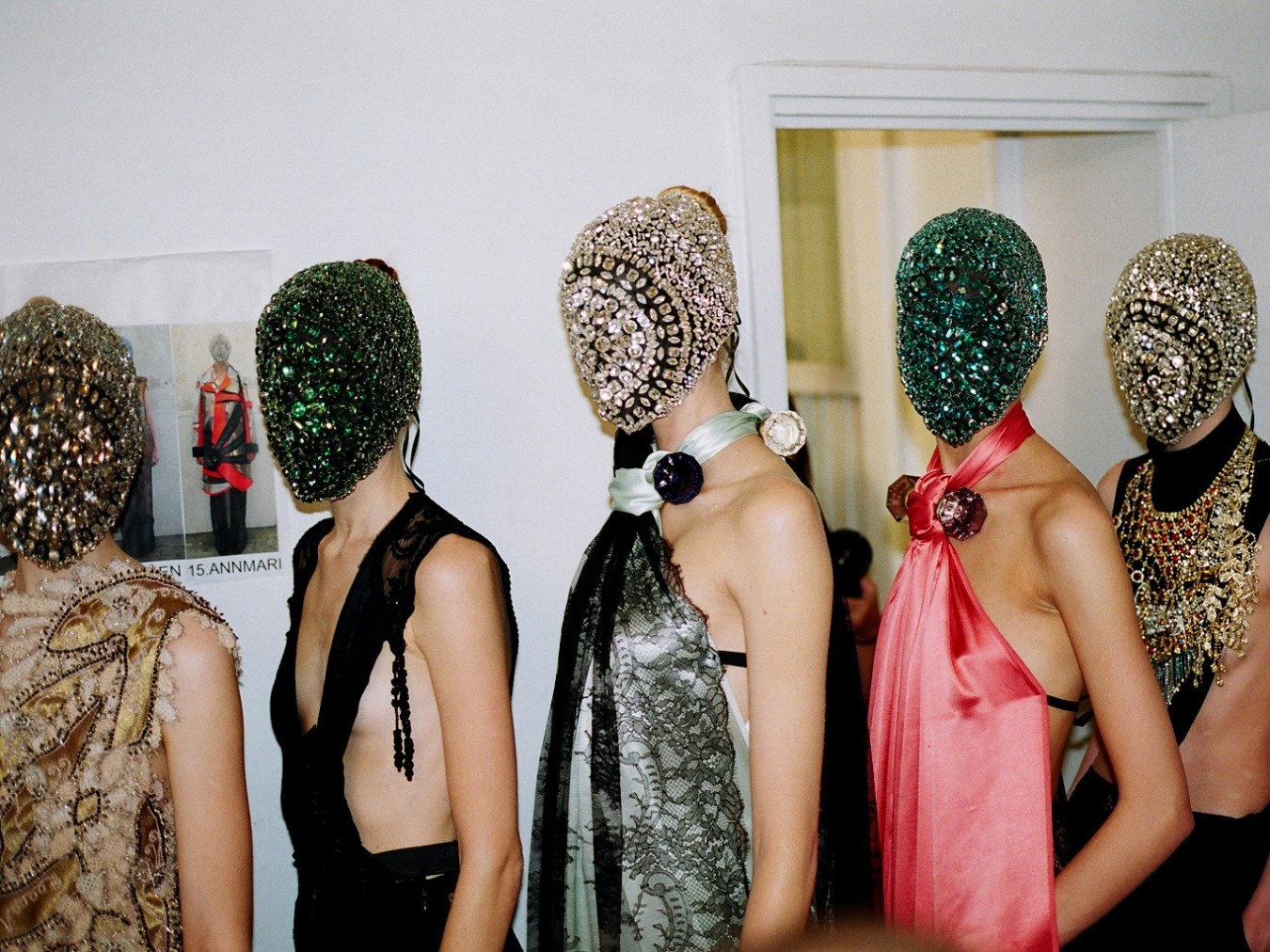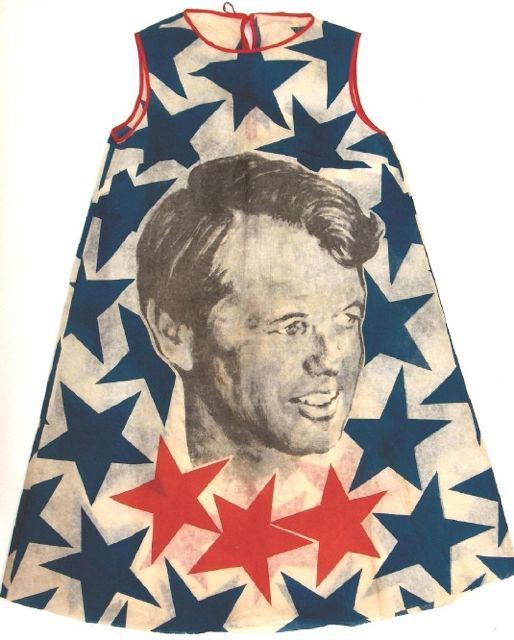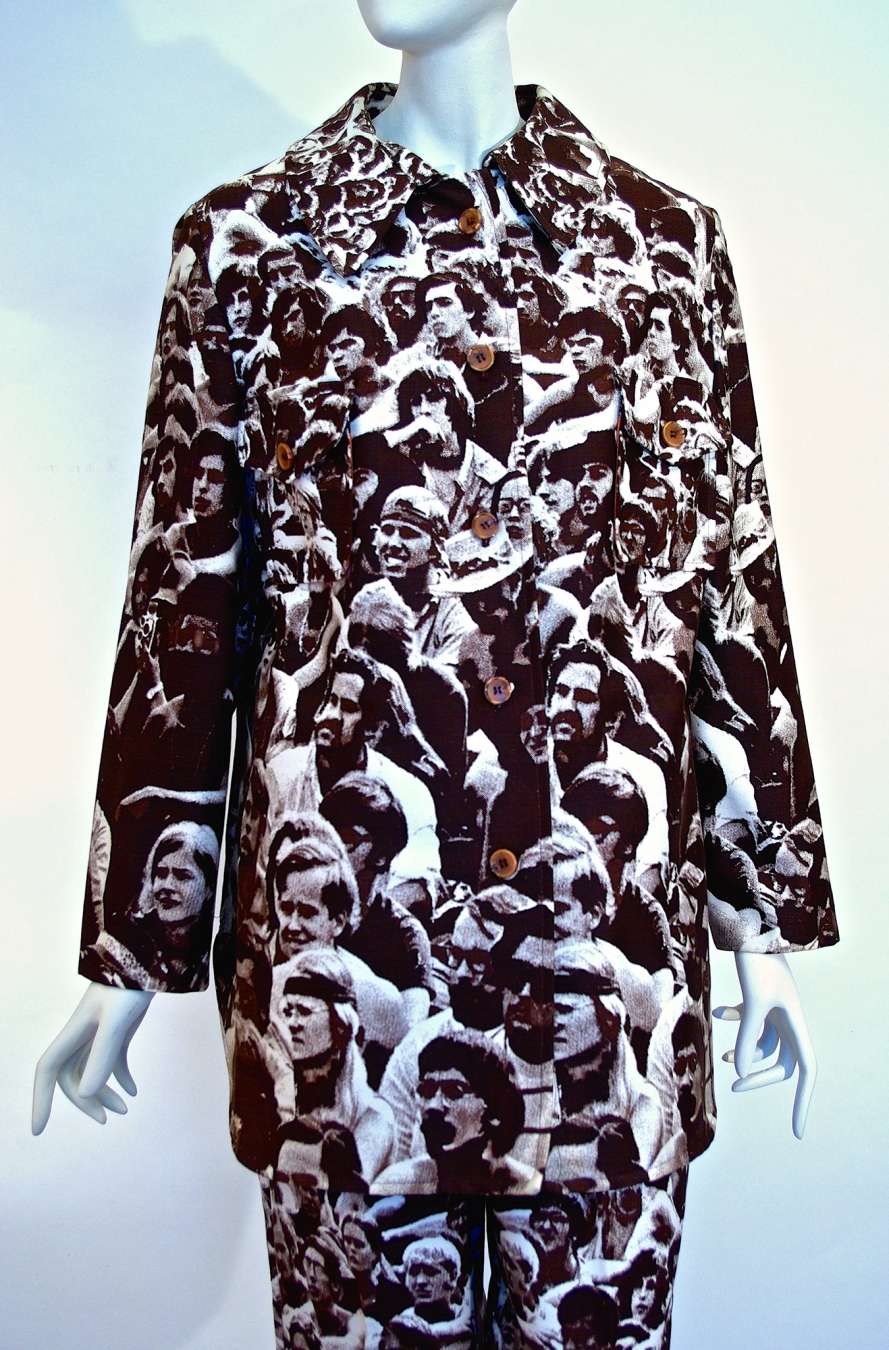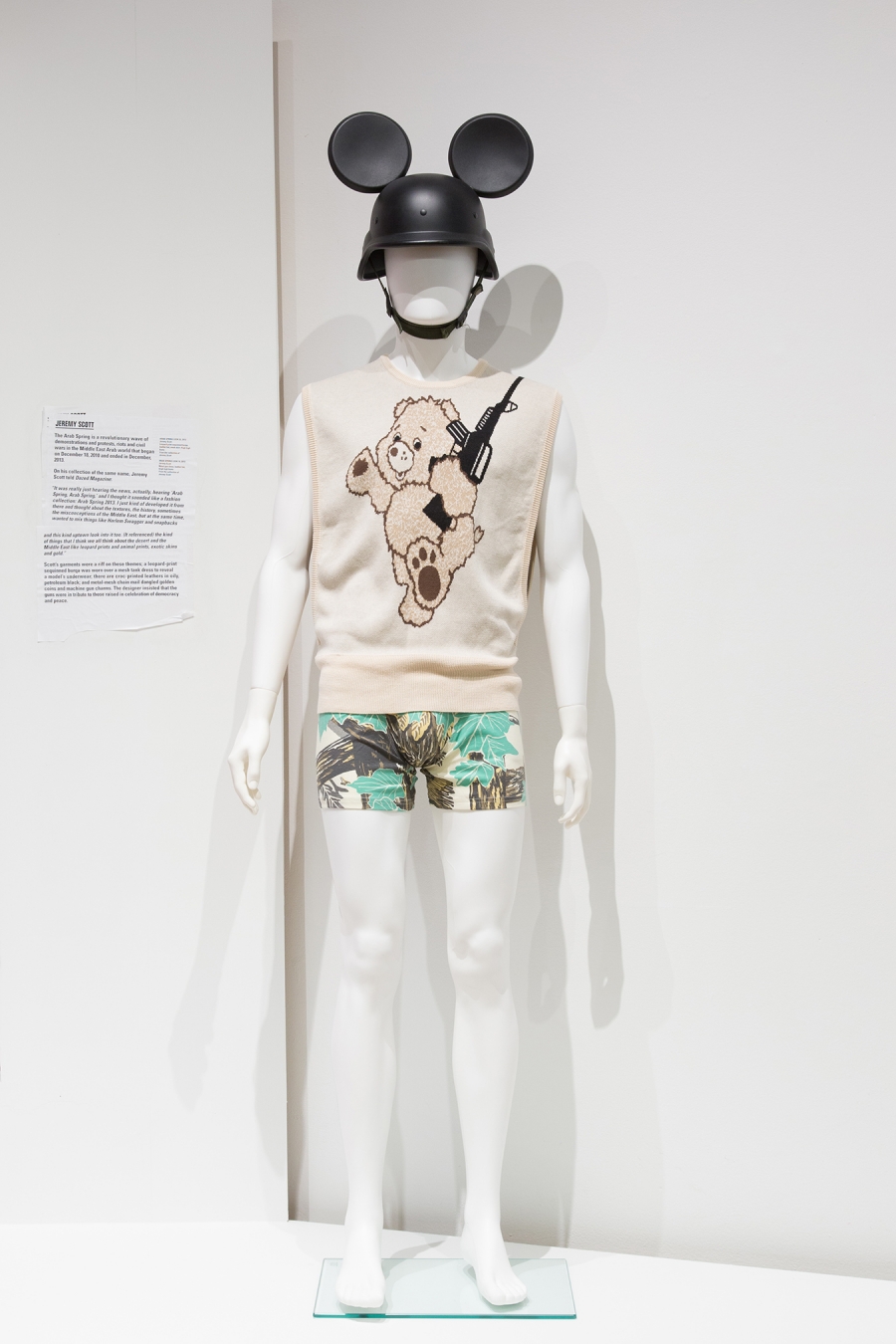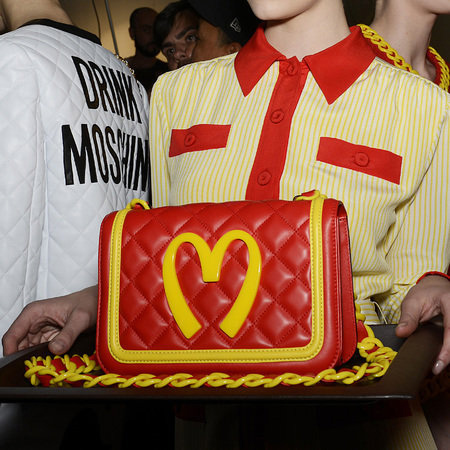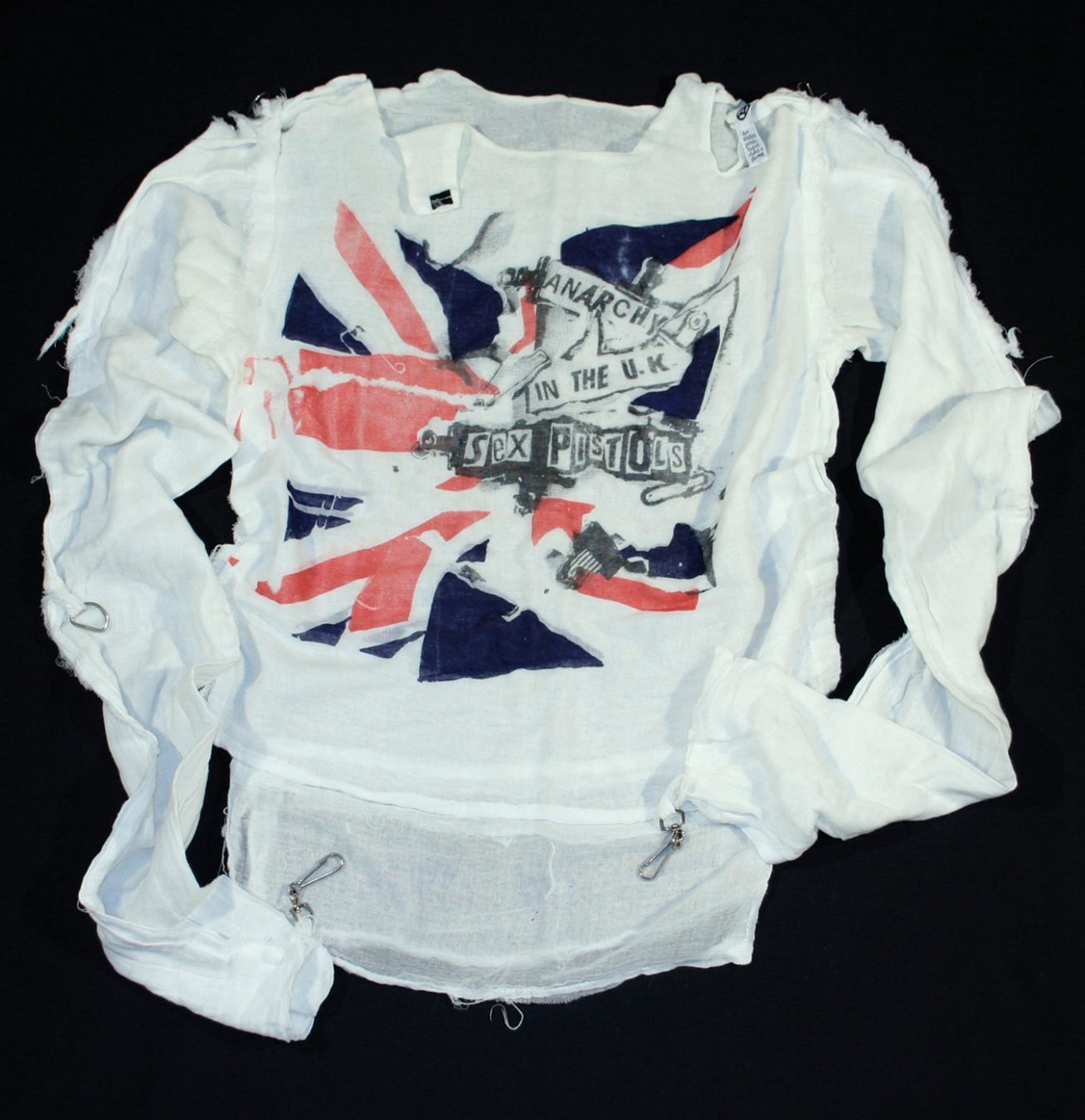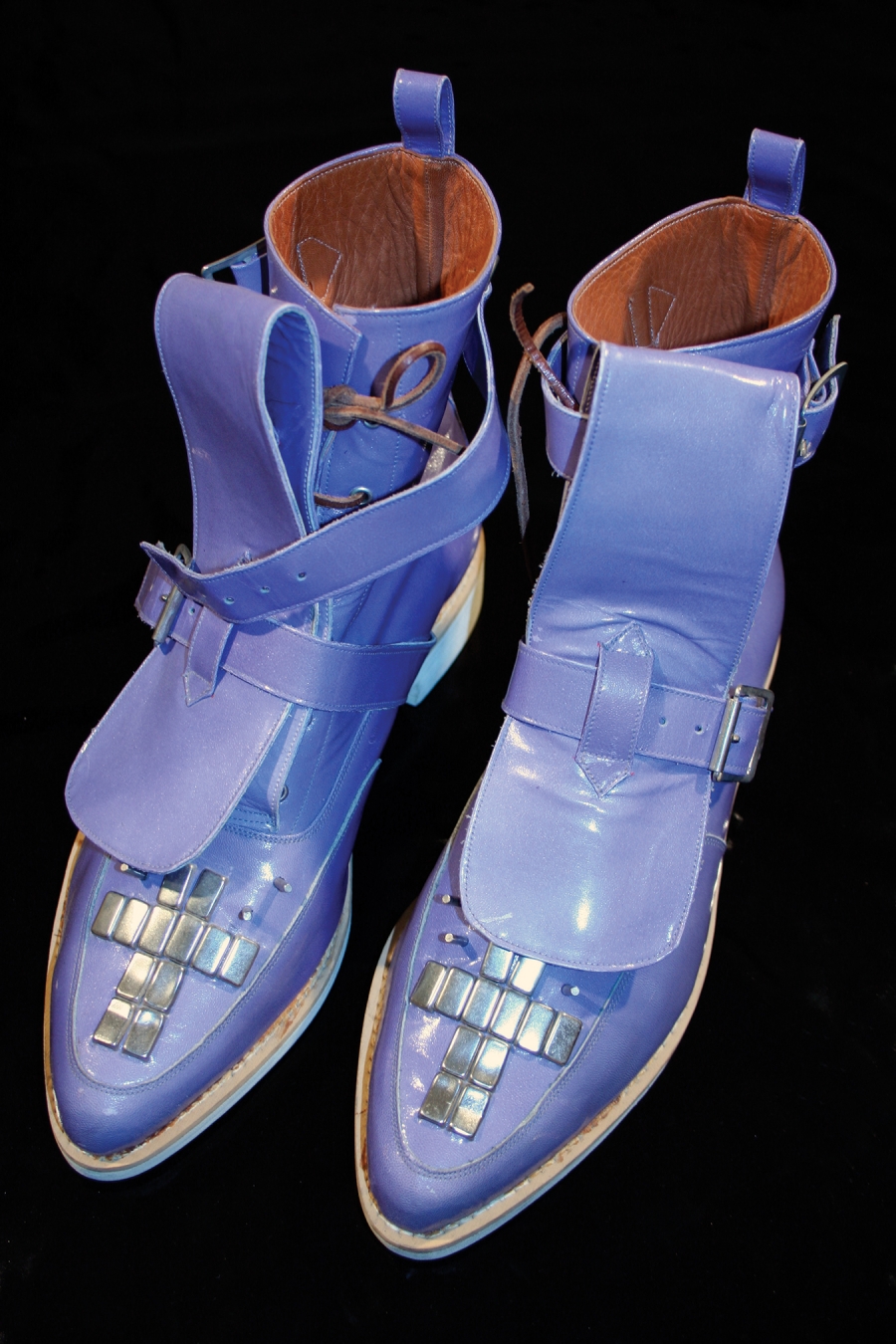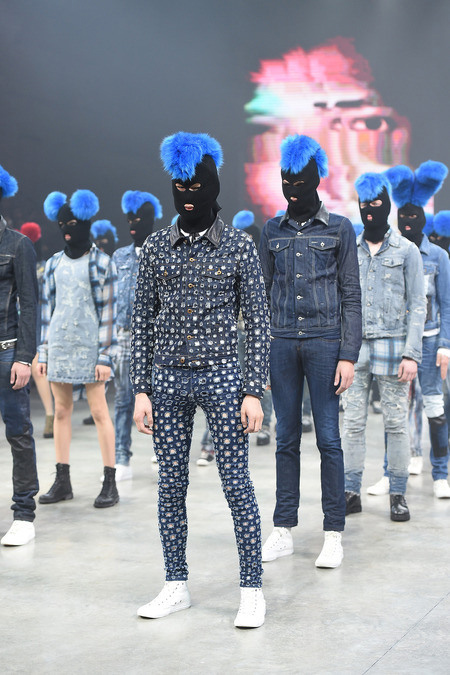Designers on gun control, Pierre Trudeau’s cape, Jackie Kennedy’s iconic style, clothing inspired by the plight of refugees—fashion industry veteran Jeanne Beker discusses guest-curating “Politics of Fashion | Fashion of Politics” for the Design Exchange.
What was your vision as guest curator for the Design Exchange exhibit “Politics of Fashion | Fashion of Politics”?
For a long time, I’d had this idea kicking around in my head about fashion and the world of politics, and so, the “Politics of Fashion | Fashion of Politics”. They seemed like interesting bedfellows. You wouldn’t expect to find politicians immersed in the same kinds of things that fashionistas are. But truly, these are both arenas where, in the fashion world, many people really are concerned with telling a story and saying something beyond just putting out decorative clothes. And in the world of politics, of course, so many politicians are consumed with images and outward appearances.
Happily, I’ve had so many wonderful relationships with design houses over the years, over the three decades I spent doing Fashion Television, and had heard so many of these stories firsthand from the designers. People like Vivienne Westwood, Hussein Chalayan, Jeremy Scott, Rad Hourani, Jean Paul Gaultier, the late, great, Patrick Kelly. So many of these designers who were always trying to say so much more to us via their collections and via the beautiful garments they were putting out. [They had] concerns about environmental issues, some had concerns about gender display, and some had something to say about peace and about war and about world politics. I think we are really demonstrating to people that there is more to fashion or there can be more to fashion than meets the eye. We can really help tell stories about ourselves by the garments that we choose to wear; we can certainly learn from each other and communicate with one another much better. There’s a lot of potential power in clothing that we don’t always take advantage of, and hopefully this exhibit will raise consciousness levels.
Is there a way to make these political statements with ready-to-wear?
Of course! You can do it on a T-shirt! I mean, there’s a real DIY vibe to this whole movement. It has nothing to do with couture-quality garments. Jeremy Scott has one collection called “The Right to Bear Arms”. It was these sweaters that had little teddy bears that looked like Care Bears toting machine guns. You know, really poking fun—not fun in a lighthearted way—he really did have something serious to say about gun control and how lightly the media has started to take the subject. But, you know, a lot of these designers, too, sometimes they claim that they’re not really trying to make these political statements but I think they just say that because they don’t want to be challenged. They don’t want to come under attack.
For those who have the intellect to see it, that really want to read between the lines, they can. [Scott] did one collection called “Arab Springs” that had sequinned burkas in it. Others, like Hussein Chalayan, has made some bold commentary in his collections over the years, and we feature part of one collection that was all about displacement and the plight of refugees and how they have to just pick up everything they have and run off. He featured it with furniture that had slip covers that turned into dresses, and the models could slip them over their heads and the chairs folded up to look like suitcases and they ran off with them. So it’s really interesting; very heavy ideas here. Anyone who thinks that designers are mere dressmakers is very wrong. I mean, some are, and that’s fine, if that’s all they want to be. But for the ones who really look at fashion design as a way of really awakening others and really telling stories, it becomes a whole other way of viewing fashion, and we wanted people able to look through that lens.
Should we as consumers care more? Should we be informed about who’s making our clothes and where they comes from?
Lenny Bruce used to say that “should” is a dirty word. Nobody should be doing anything. Everyone in fashion, especially, should march to their own drummer. If you want to make more of a commentary with the way that you dress, and if you want to really care more about where something is made, and if you want to fill that responsibility as a consumer, that’s great. The role that fashion plays in our lives is an integral one but some of us take it more seriously than others. It’s the one creative exercise that everyone gets to take part in every day.
Do you think the eco-fashion movement has lost steam?
Not at all. I think more young people are becoming more aware than ever of the planet. Vivienne Westwood, just her past collection was all about climate change, global warming, and the perils of that. No, I think technology is really trying to make materials that are more environmentally friendly and I think some of us are getting back to wearing more natural fabrics and we’re aware of how we’re polluting the planet. People are recycling clothes and remaking clothes and reworking them. It’s not to say that everyone is on that bandwagon, but there are actions.
You think of sentiments like peace and, the thing that got me intrigued with this whole subject in the beginning. When I was a little girl, my sister has this little “Ban the Bomb” pin that she brought home from the peace rally she was at in the early 60s, and I thought,” Wow!” That whole idea of wearing something that really told other people that you believed in world peace and banning the bomb. How cool is that? And I think even today it’s a relevant symbol for kids. I mean, we see that peace symbol and we immediately think of the 60s and the 70s, but I think it still resonates in a way.
What do you think about the volume of statements designers are making; those who are sending messages softly versus loudly? Is one more effective than the other?
Of course there are some who are much more in your face about what they do than others, no question. But that’s what makes the world go round. At the end of the day, it’s all about the noise and it’s not about the real action. There have been a variety of different “calls to arms” that have come from the fashion world and some have resonated more loudly than others. There was this whole idea of “sexual liberation” back in the early 60s, when people were having this new awakening of their sexual self. You saw people like Rudi Gernreich doing a topless bathing suit—we’ve got a couple in the show. Mary Quant designed clothes that showed off girls’ legs, you know, very risqué for the time. The micro mini skirt really got people talking. And these are ideas that certainly remain to some degree. The topless bathing suits never really took off the way Rudy Gernreich hoped they would, but my own daughters, who are in their 20s, regularly wear short shorts. We used to call them hot pants back in the 70s. So, you know, certain ideas have definitely lasted and certain stances have remained.
Alexander McQueen was known as a great storyteller who really was very political. Gaultier today is still very respected as one of the great bad boys of fashion—very provocative with his gender-bending clothing. Vivienne Westwood is incredibly revered as a wonderful fashion historian who was very responsible for the whole punk aesthetic early on, and later, more of a refined kind of tailoring. Even the Japanese designers, Rei Kawakubo from Comme de Garçons, Yohji Yamamoto, Issey Miyake, really challenged the ideas of Western beauty and really wanted us to look at the human form in bold and interesting new ways by experimenting with very unusual silhouettes.
In terms of the fashion of politicians, do you think they need to consider impartial dressing? Are they too conservative, or should they take more risks?
It depends. We’ve got stuff in the show from the Trudeau family, and Pierre Trudeau wore a cape—a big, really flamboyant cape—to a Grey Cup football game. Margaret Trudeau, when she married Pierre, wore a wedding gown that she made herself. The Trudeaus brought great style to the Canadian political arena. Now there is a very conscious way that you see Laureen Harper dressing, there’s no question. Michelle Obama will wear a big name designer, but she’ll team the dress with a J. Crew cardigan just to democratize things. So, of course, they’re very conscious of what they wear and what kind of statement that they make, but they also don’t want to look like they’re on a runway—well, maybe Trudeau did—but most politicians don’t. I mean, the wonderful Adrienne Clarkson, we have one of her Issey Miyake dresses in the show. When she was Governor General she wore some wonderful things, but her whole background was in arts and culture, so she was very much about celebrating artistry in fashion and wanting to bring that to the political stage in this country. Jackie Kennedy became the ultimate style icon—those were looks that created a legacy for her. They all had their individual takes on style, and some care about it more than others, but when you’re a politician you have to be especially careful about how you’re coming across because people can interpret it in very strange ways.
Were there any political statements that truly shocked you during your time with Fashion Television?
There were always moments that were shocking, that’s what kept me in the fashion business all these years—the only constant was change and elements of surprise. And I was shaken many times walking into fashion shows that were stormed by People for the Ethical Treatment of Animals protestors. I’m not saying that I subscribe necessarily to what they’re saying or doing but how ballsy it is, I was often shocked by that. I was shocked by the profound nature of the ideas that Hussein Chalayan would try to put across during his collections and the way he staged them, season in and season out. I was always shocked by what Alexander McQueen would do sometimes, despite his level of aesthetic. There were so many more layers to his stories, so much more to his clothes than met the eye. It’s not just about shock value. But, we all love to be shocked in fashion, it’s what keeps us going.
This interview has been edited and condensed.
Discover more in Style.

